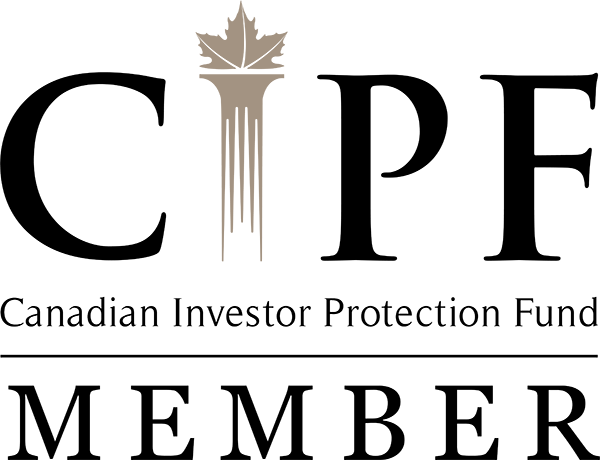The Case for Non-Marked-to-Market Investments
In today’s financial climate, uncertainty seems to be the only constant. Markets swing wildly in response to inflation concerns, tariff uncertainty, and geopolitical instability. Investors are left grappling with extreme volatility, while political leadership across major economies remains unpredictable, adding another layer of risk to investment decisions.
In such an environment, traditional asset allocation strategies reliant on public market valuations may no longer provide the stability investors seek. Enter non-marked-to-market investments—an approach championed by David Swensen in Pioneering Portfolio Management. These investments, spanning private equity, venture capital, real estate, and hedge funds, offer a long-term perspective that sidesteps the emotional rollercoaster of daily market fluctuations.
Publicly traded assets are priced daily, but does that really reflect their intrinsic value? The constant repricing of stocks and bonds, in response to short-term headlines, often leads to exaggerated movements that don't necessarily indicate fundamental shifts. Investors may react emotionally to these changes, making impulsive decisions that erode wealth over time.
Non-marked-to-market investments, however, operate outside this immediate feedback loop. Their valuation is determined periodically, based on long-term fundamentals rather than fleeting market sentiment. This allows investors to stay committed to their strategic vision without being influenced by short-term panic.
Beyond returns, these investments contribute to portfolio resilience by reducing correlation with public markets. Traditional stock-and-bond portfolios often move in lockstep with macroeconomic trends, whereas real estate investments provide a more stable alternative. Unlike publicly traded assets that fluctuate daily, real estate—whether residential, commercial, or industrial—appreciates over time, generating consistent income through rental yields, while serving as a hedge against inflation.
For investors accustomed to liquidity, moving towards non-marked-to-market assets requires a philosophical shift. The focus must shift from reacting to day-to-day volatility toward embracing long-term value creation. This approach isn't about timing the market—it’s about transcending it.
As uncertainty looms over financial markets and political stability remains elusive, diversifying into these alternative investment vehicles could provide the much-needed insulation from turbulence. Patience, strategic allocation, and long-term vision are the keys to sustained portfolio success. Feel free to connect to discuss how we view alternative investments as an important tool when building a resilient portfolio.
Sam Sommer is an investment advisor with Raymond James Ltd -Consenheim Wealth Management and can be reached at 372-8117 or sam.sommer@raymondjames.ca Raymond James Ltd. is a member CIPF.
"This article is for general information purposes only. Individuals should seek professional advice prior to acting on any information referred to herein. "
Information in this article is from sources believed to be reliable; however, we cannot represent that it is accurate or complete. It is provided as a general source of information and should not be considered personal investment advice or solicitation to buy or sell securities. The views are those of the author, Les Consenheim, and not necessarily those of Raymond James Ltd. Investors considering any investment should consult with their Investment Advisor to ensure that it is suitable for the investor’s circumstances and risk tolerance before making any investment decision. Raymond James Ltd. is a Member Canadian Investor Protection Fund



